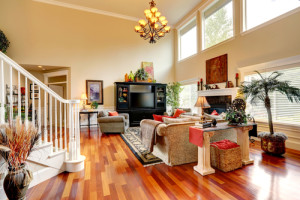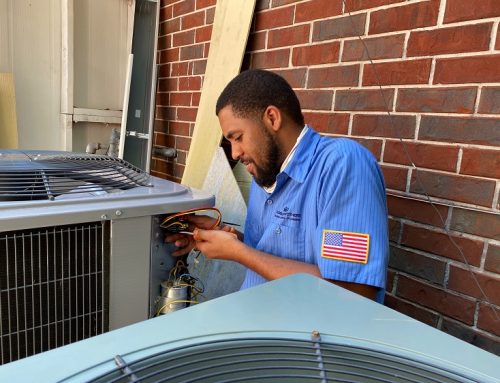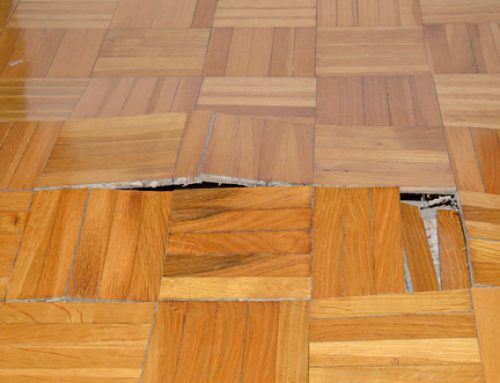
Fortunately, there are a number of things you can do to compensate for high ceilings.
Use Reversible Ceiling Fans
Ceiling fans are a marvel when it comes to making your home’s occupants feel warmer in the winter and cooler in the summer, particularly when you have high ceilings. Run the blades counterclockwise in the summer to stir the breezes and make people feel cooler without turning down the thermostat; reverse the blades in the winter and push warm air down from the ceiling.
Size the HVAC System Adequately
Sometimes when replacing an HVAC system, a consultant will recommend going with the same size that was previously installed. HVAC contractors should collect meticulous information about the home, including square footage, number and size of windows, ceiling height, number of occupants in the home and many other factors, in order to adequately size an HVAC system. Underestimating ceiling height, and with it, the volume of air that will need to be conditioned, can mean your system won’t be adequate for the job of heating and cooling the home.
Consider a Zoned System
A zoned HVAC system is one of the best ways to ensure that the right amount of heating or cooling goes to different areas of the home. Homes are divided into zones, with each having its own thermostat. Thermostats are set individually to control how much conditioned air a damper in the register allows into each zone.
For more on heating and cooling adequately in a home with high ceilings, contact Bradbury Brothers Heating and Air Conditioning. We serve The Woodlands, Magnolia, Spring and the surrounding area.





